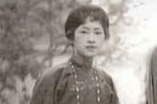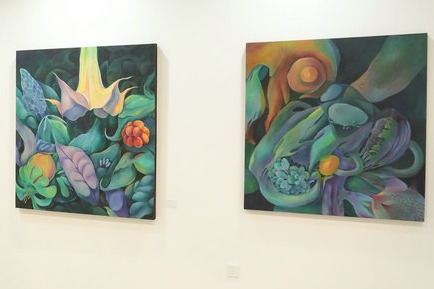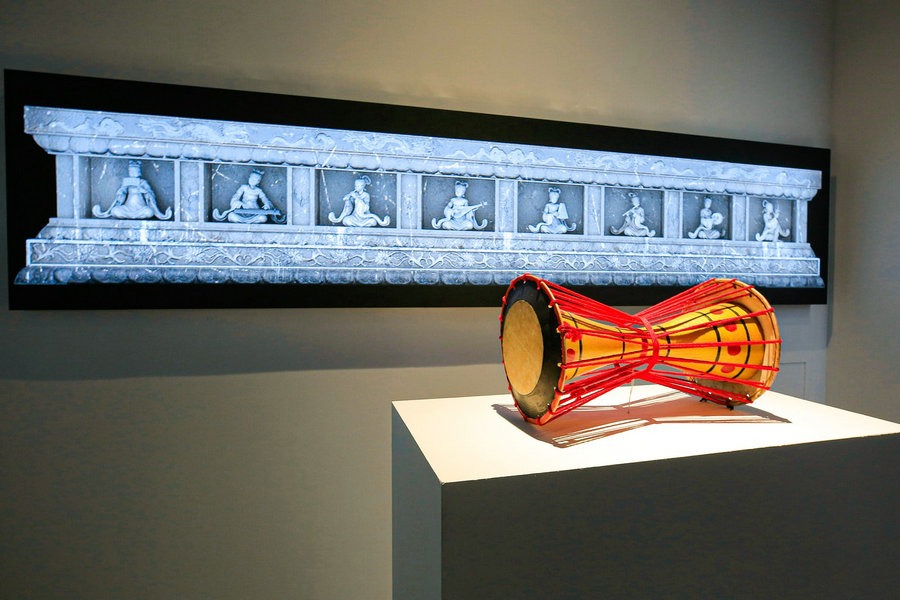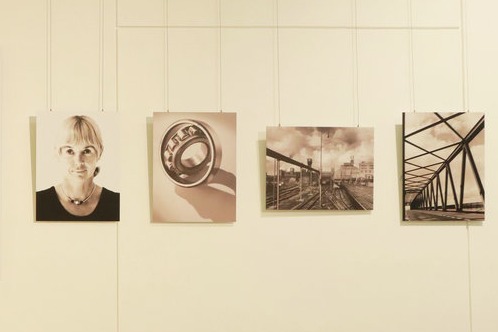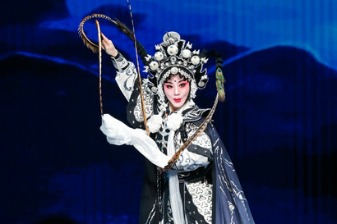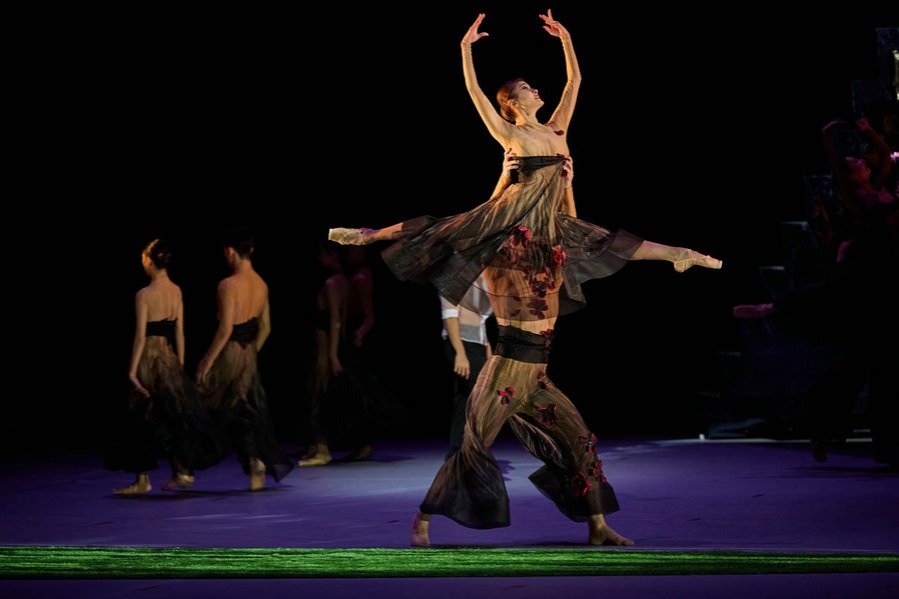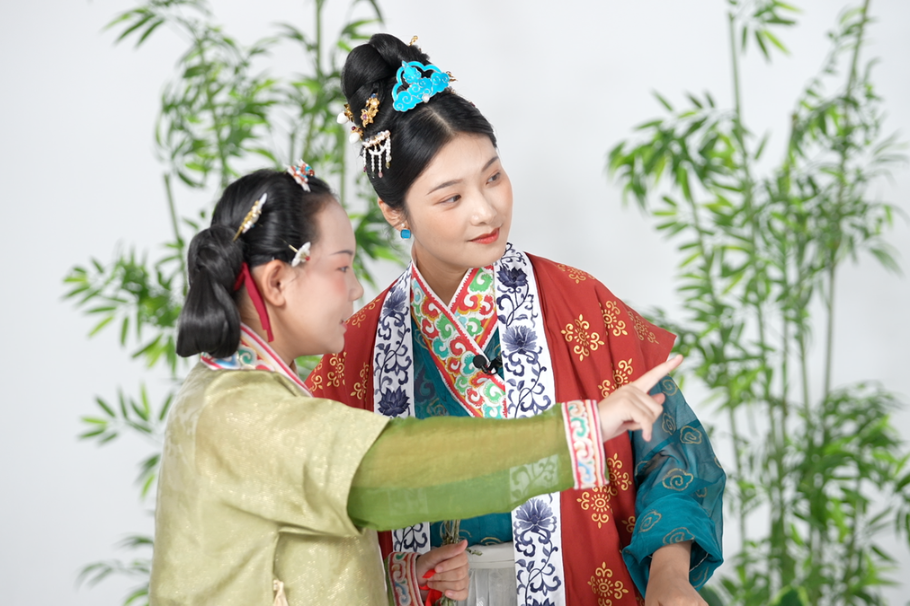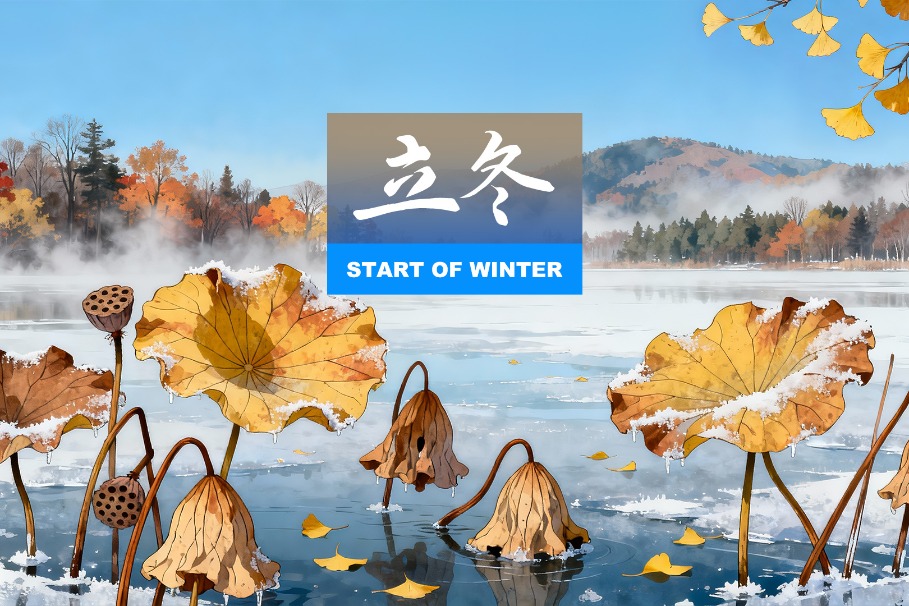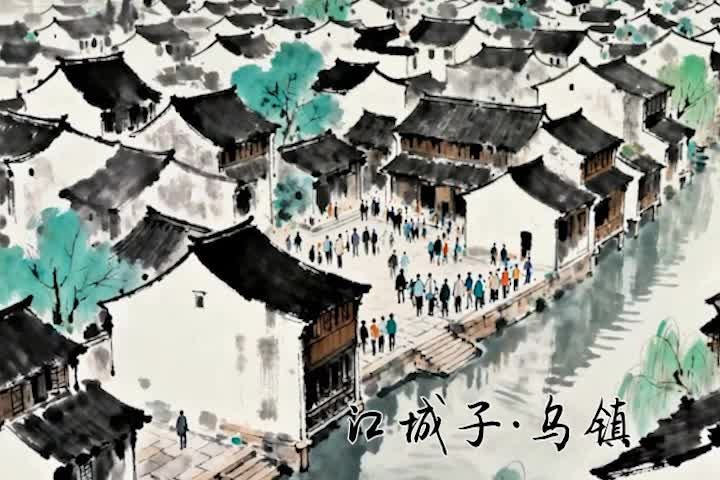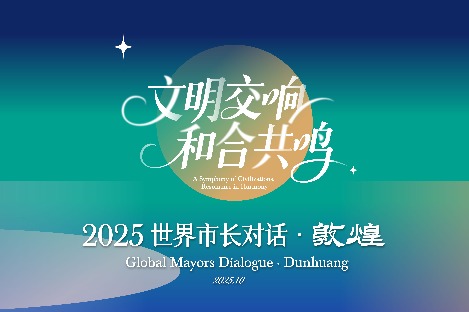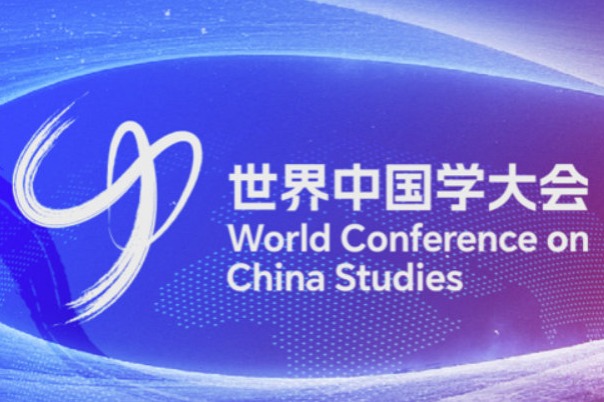Lin Huiyin: A global vision for Chinese civilization

In the formative years of New China, Lin Huiyin (1904-1955) emerged as a pioneering figure who reinterpreted Chinese civilization through a global lens while tracing its connections to wider human heritage. As both poet and architect, she pioneered approaches to cultural heritage that combined international perspectives with deep local understanding, creating new paradigms for China's cultural development.
Literary foundation: East-West synthesis
Lin's literary career with the Crescent Moon Society demonstrated her unique capacity for cultural synthesis. Her exposure to international literary traditions - from Tagore's spiritual universalism to Shakespeare's humanistic depth - informed her distinctive poetic voice. Rather than simply adopting Western influences, she created works like You Are the April of This World that transformed international inspirations into authentically Chinese expressions, establishing a new vernacular poetry that could communicate across cultural boundaries.
This cross-cultural literacy became the foundation for her subsequent work in architecture and heritage conservation, enabling her to interpret Chinese traditions in ways that resonated with global audiences while maintaining their essential cultural character.
Architectural vision: Poetry in structure
As China's first female architect, Lin brought to the field a unique perspective that viewed ancient structures not merely as physical artifacts but as embodiments of cultural memory. Her research with Liang Sicheng combined Western archaeological methodology with profound understanding of Chinese aesthetic principles, documenting traditional architecture with both technical precision and poetic sensitivity.
Her concept of "architectural meaning" represented a breakthrough in understanding how built environments encode cultural values - an insight that helped establish Chinese architectural tradition as a significant chapter in human civilization's story. This approach demonstrated how scientific rigor and humanistic understanding could combine to reveal the universal significance of particular cultural achievements.
Cultural innovation: Traditional crafts in modern context
In her later years, Lin applied this integrated approach to preserving and innovating traditional crafts like cloisonné (Jingtailan). Working with fellow artists including Chang Shana and Qian Meihua, she approached these endangered arts not as relics to be preserved but as living traditions to be reinvented.
Her designs successfully bridged historical craftsmanship and contemporary aesthetics, demonstrating how traditional arts could find new relevance in modern life. This work exemplified her belief that cultural vitality requires both reverence for tradition and courage for innovation - that the past's true preservation lies in its creative transformation for the present.
Enduring legacy: Chinese civilization in global context
Lin's multifaceted achievements offer profound insights for contemporary cultural development. Her career demonstrates that Chinese civilization's continuing vitality stems from its ability to innovate while maintaining continuity - to engage with global currents while strengthening cultural identity.
In today's interconnected world, Lin's example reminds us that civilizations grow through dialogue and mutual learning. Her work illustrates how deep cultural confidence enables generous cultural exchange, and how understanding one's own heritage deeply makes possible more meaningful engagement with other traditions.
As China continues to contribute to global cultural dialogue, Lin Huiyin's legacy stands as a powerful testament to the creative possibilities that emerge when civilizations meet as equals. Her life's work embodies the truth that cultural diversity and human commonality reinforce rather than contradict each other - that in understanding what makes each civilization unique, we discover what connects all humanity.
Rya Zhu, as a playwright, writer, and translator, brings narrative depth to the exploration of cultural heritage.


